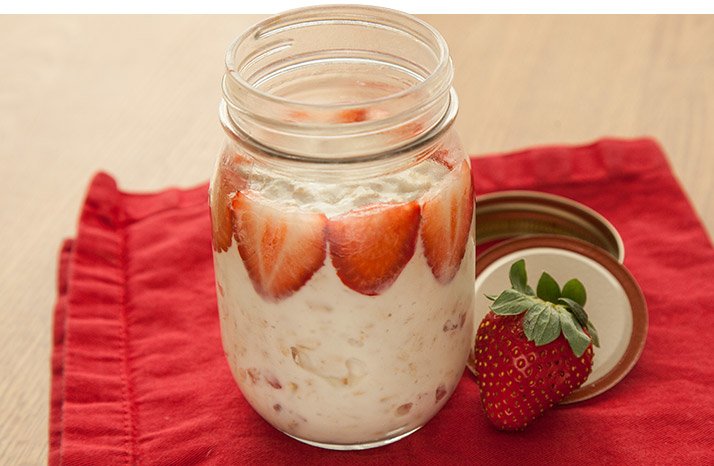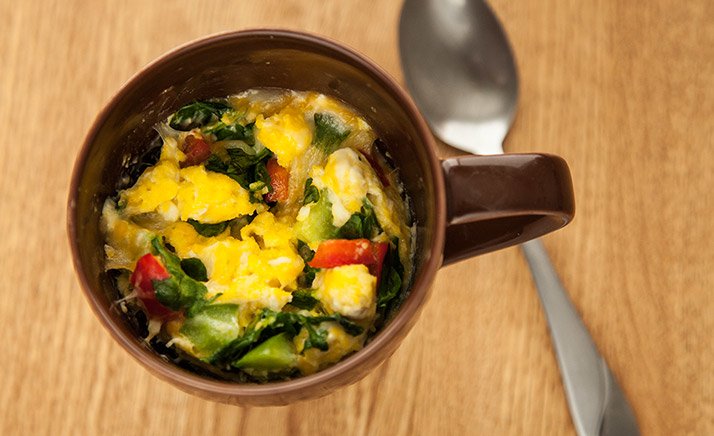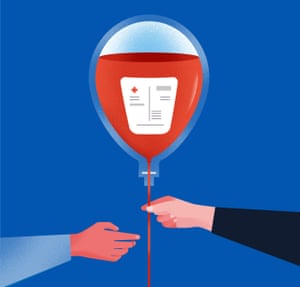Muscleya
السبت، 20 أكتوبر 2018
الأربعاء، 1 أغسطس 2018
3 High-Protein Breakfasts On the Go for bodybuilding
Too often, breakfast takes a back seat to a few more minutes of sleep and whatever obstacles leap in front of you as you try to get out the door. It can seem like the simple act of preparing some eggs or oatmeal brings the world to a screeching halt. So why let it? Prepare these three meals the night before in just a few minutes instead!
The best part of all three, aside from their ample protein and rock-solid healthy ingredients, is their portability. I certainly don't recommend eating them in traffic, but any of them could be eaten at a desk at work without creating a mess or a pile of dirty dishes. Say goodbye to your excuses!
1
OVERNIGHT OATMEAL
A scrumptious combination of oats, low-fat protein, and your favorite fruit and healthy-fat toppings is a surefire way to begin the day with a boost of energy. But you don't need to sit there waiting for water to boil, or eat all the sugar that usually comes in instant oatmeal packets.
This macro-friendly meal is customizable to your goals and is definitely up to the task of providing you with long-lasting energy and the satisfaction of a delicious meal. Pro tip: If you enjoy the taste of coffee and crave caffeine to start your day, brew a pot of coffee during the preparation period and add in place of the milk.

2
COFFEE MUG EGG SCRAMBLE
If you're looking for a grand-slam breakfast that doesn't require pots and pans, look no further! This breakfast keeps you feeling full throughout the morning and gives you a muscle-building blast of protein along with plenty of the good green stuff.
Even better, it's completely portable! The coffee mug is key in this recipe, because it allows this meal to travel easily to work or wherever else you're headed.

3
TRAVELING BREAKFAST TORTILLAS
Don't waste time and money stopping at your local drive-thru for a breakfast burrito. Too often, what you're getting for your $5 (or far more) is a cheap flour tortilla, low-quality hot sauce, and eggs that came from who-knows-where.
Take control of your burrito! Spend a few minutes on the weekend concocting your own custom, portable breakfast packed with ingredients you can be confident in. This version has plenty of protein and is loaded with an abundance of colorful veggies. It's a nutrient powerhouse sure to help you tackle the day ahead.
الاشتراك في:
الرسائل (Atom)
